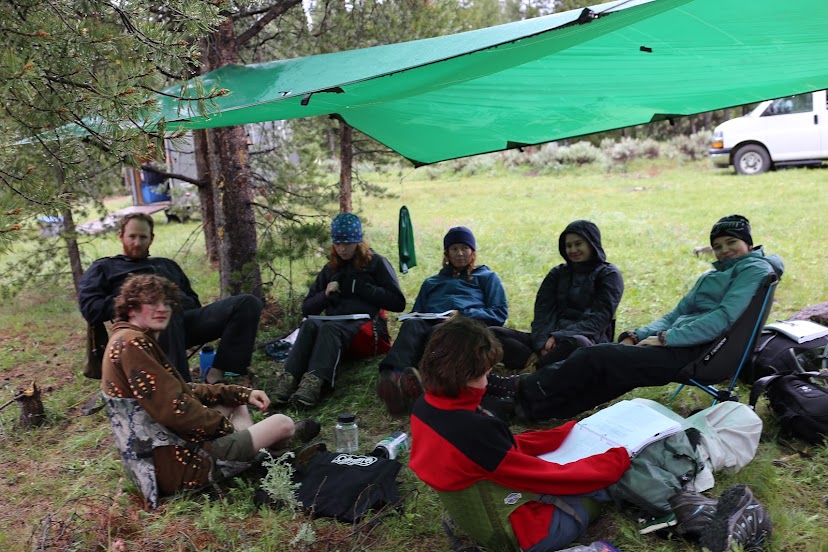Date: 06/20/2025, day three of the WRFI Restoration Ecology expedition.
Location: Mt. Haggin Wildlife Management Area in the Big Hole Watershed, Montana.
One minute, the group and I were doing our work, reading our assigned articles, and creating discussion questions after eating dinner. A moment later, rain was falling in a volume I’ve only experienced during hurricanes on Long Island. We saw lightning and counted the seconds between flashes and thunder. Seven seconds. WRFI policy is to take shelter if there are less than ten seconds between lightning and thunder. So, the twelve of us piled into the van we used for travel and waited out the storm. As I sat in the van, all I could think was, “Is it really that serious?”
Never in my life leading up to that point have I seen weather as a real threat to my safety (outside of hurricanes) because of the conveniences of civilization. The only reason I would take shelter was to avoid getting wet. As we stayed in the van, we could see the flashes in the sky, and every now and again, someone would see a bolt flash through the sky. The timing between white light and thunder was getting smaller, eventually becoming impossible to tell there was space, and a bolt struck 200 feet from our camp. At that moment I understood why we have to think about our tent placement and where we were standing at any given time during a storm.

You didn’t want to be near the tallest object in an area, or even worse, be the tallest object. I also realized that virtually nowhere aside from your insulated sleeping mat or the inside of the van was safe. When lightning strikes close to you, all you see is blinding white, and all you hear is a deafening boom that leaves your ears ringing. There is nothing you can do but take shelter and wait it out. And nothing makes you feel more alive.